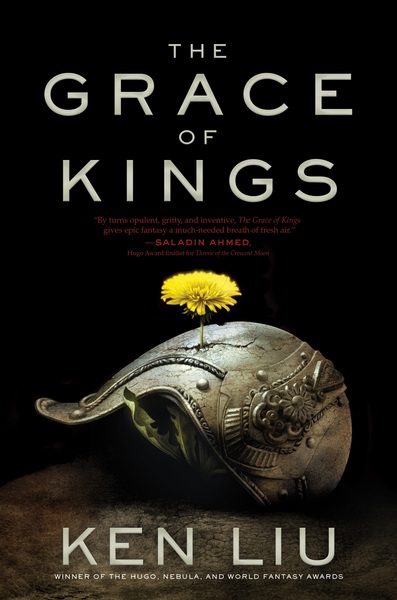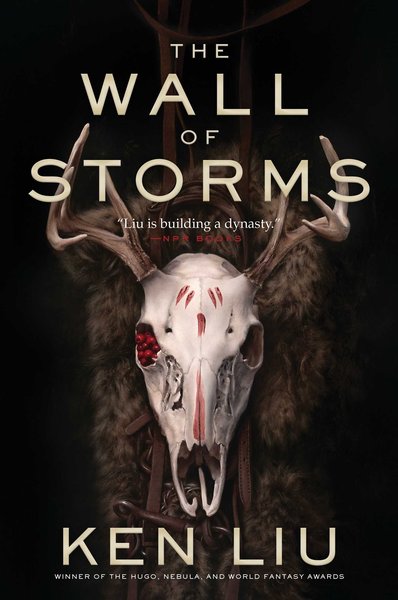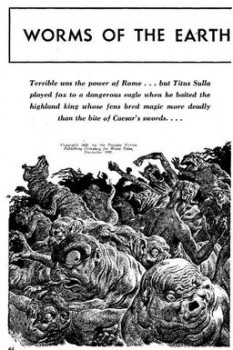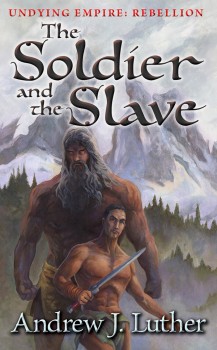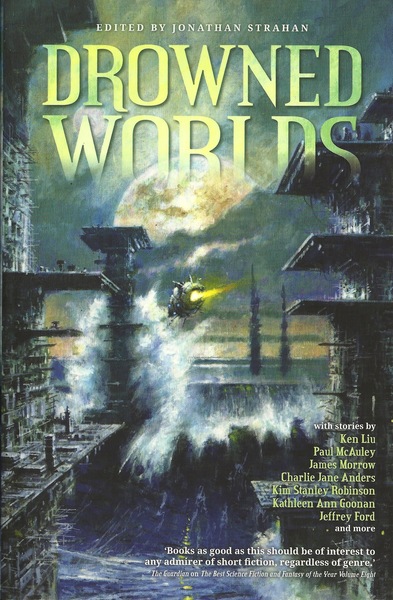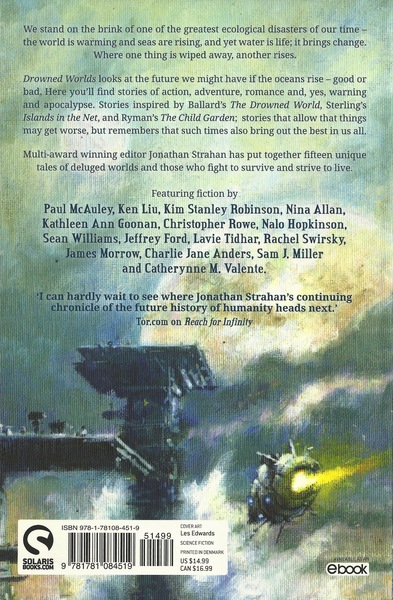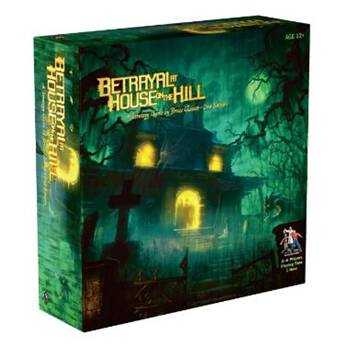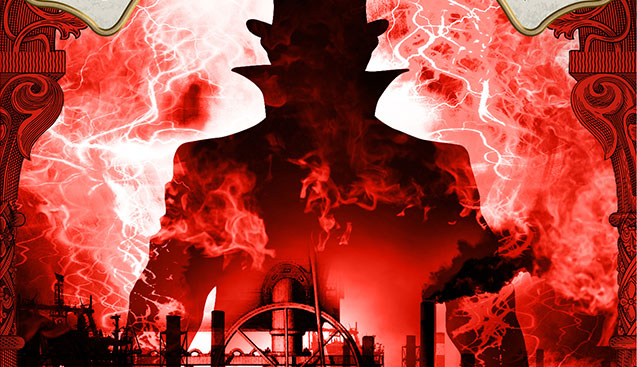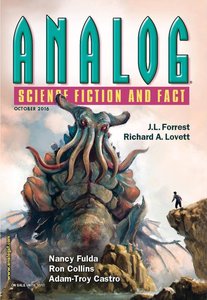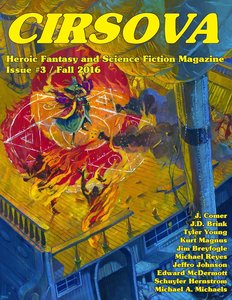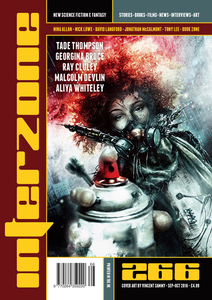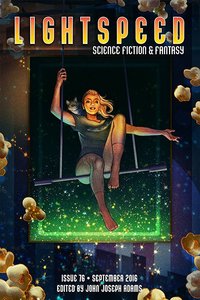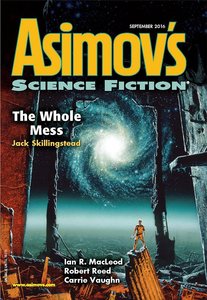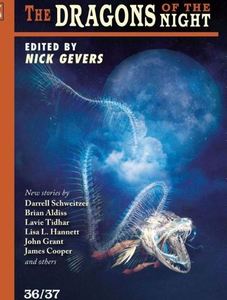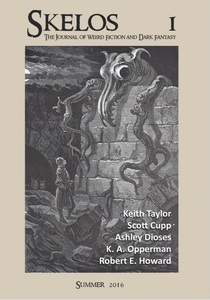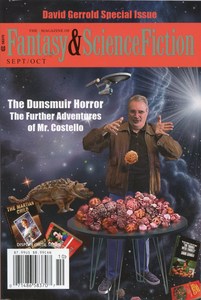Fantasia 2016, Day 15: Ghosts and Djinns (Lace Crater and Under the Shadow)
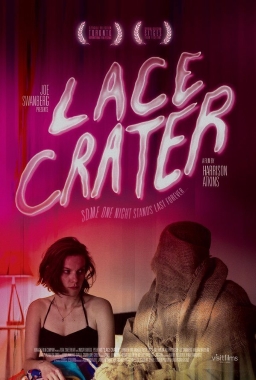 At 7:30 PM on Thursday, July 28, I was in a seat in the De Sève Theatre waiting to see a screening of an American independent horror-comedy called Lace Crater, about a woman who catches a venereal disease from a ghost. After that I’d cross the street to the Hall theatre for a showing of the Iranian horror movie Under the Shadow. I wasn’t entirely sure what to expect from either film, which from experience I knew was often the best way to come to a screening at Fantasia. I was pondering this when the lights went down and Adam Kritzer, producer of Lace Crater, was introduced to the crowd. He thanked us for coming, and urged all of us in the audience to turn to our neighbours, whether we knew them or not, and say whether we believed in ghosts. There was an aisle to my left. I glanced to my right. The man beside me shrugged. “Not particularly,” he said in French. “Same here,” I replied.
At 7:30 PM on Thursday, July 28, I was in a seat in the De Sève Theatre waiting to see a screening of an American independent horror-comedy called Lace Crater, about a woman who catches a venereal disease from a ghost. After that I’d cross the street to the Hall theatre for a showing of the Iranian horror movie Under the Shadow. I wasn’t entirely sure what to expect from either film, which from experience I knew was often the best way to come to a screening at Fantasia. I was pondering this when the lights went down and Adam Kritzer, producer of Lace Crater, was introduced to the crowd. He thanked us for coming, and urged all of us in the audience to turn to our neighbours, whether we knew them or not, and say whether we believed in ghosts. There was an aisle to my left. I glanced to my right. The man beside me shrugged. “Not particularly,” he said in French. “Same here,” I replied.
One’s personal beliefs aside, Lace Crater is an intriguing film. Written and directed by Harrison Atkins, it starts with a group of young friends who go to a house in the Hamptons, owned by the family of Andrew (Andrew Ryder), one of the bunch. Low-key sexual banter ensues. One of the women, Ruth (Lindsay Burdge, of The Midnight Swim and The Invitation), ends up sleeping alone in a guest house, which Andrew has warned her may be haunted. It is, by a ghost named Michael (Peter Vack). Michael, clad in burlap wrappings, isn’t very scary. He and Ruth end up talking, and connecting. And sleeping together. But back in the city, Ruth finds her one-night stand has consequences. She’s caught something that looks a lot like an STD from Michael, and it makes her increasingly erratic, putting increasing strain on the small network of her friends. Will she find a cure? Or will she have to face Michael again?
Kritzer’s introduction had promised a sexy ghost story, which I assume now was a joke; Lace Crater is, when you get down to it, a movie about a woman who has a one-night stand and contracts a nasty social disease. Which doesn’t strike me as the most sexually charged story in the world. On the other hand, there’s an engaging low-key aspect to the whole affair, a sense of normality, of mundanity, that reasserts itself through the whole tale. It’s a movie that resolutely refuses to let its supernatural aspects dominate.
